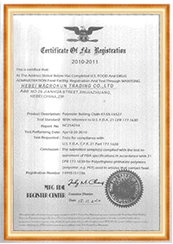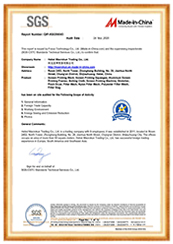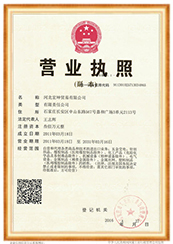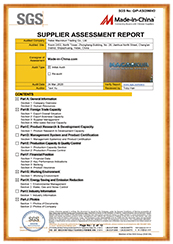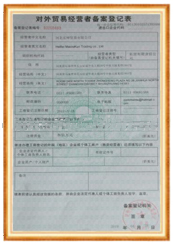Fine nylon mesh netting is an essential tool for any gardener looking to protect their plants from pests and harsh weather conditions. This versatile material offers a range of benefits that make it a popular choice for both amateur and professional gardeners alike.
One of the key advantages of using fine nylon mesh netting is its ability to provide protection against insects and other pests. The fine mesh design of the netting prevents pests from reaching your plants, reducing the need for harmful pesticides and chemicals. This not only helps to protect your plants from damage but also promotes a healthier, more sustainable gardening practice.
In addition to pest protection, fine nylon mesh netting also offers excellent protection against harsh weather conditions. The durable nylon material is resistant to UV rays, making it ideal for use in sunny climates where plants may be at risk of sunburn. The netting also provides a barrier against strong winds, helping to prevent damage to delicate plants and flowers.
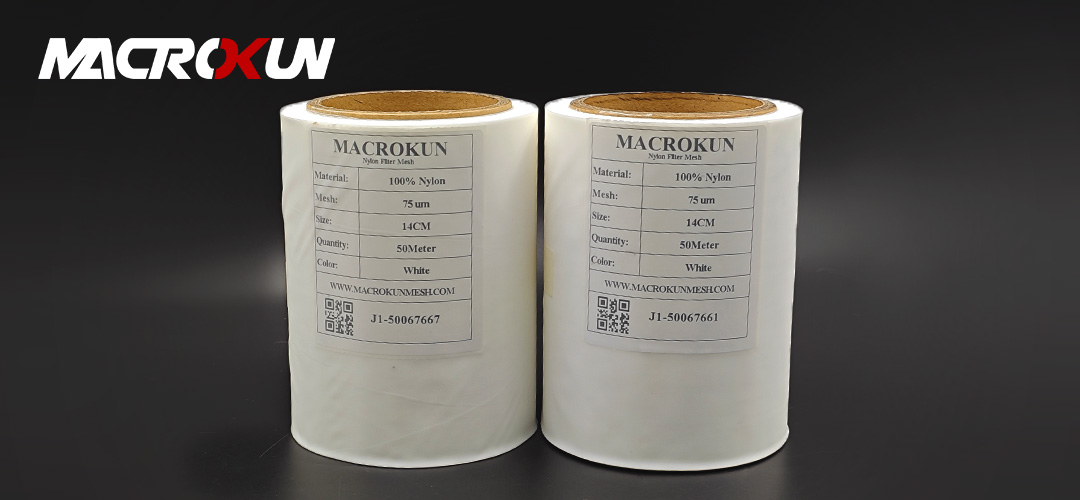
Another benefit of using fine nylon mesh netting in gardening is its versatility. The netting can be easily cut to size and shaped to fit a variety of garden structures, including trellises, arbors, and raised beds. This flexibility allows you to customize the netting to suit your specific gardening needs, whether you are protecting a small vegetable patch or a large flower bed.
Furthermore, fine nylon mesh netting is lightweight and easy to install, making it a convenient option for gardeners of all skill levels. The netting can be quickly draped over plants or secured with stakes or clips, providing instant protection without the need for complex installation processes. This ease of use makes fine nylon mesh netting a practical choice for busy gardeners looking for a simple and effective solution to plant protection.
In addition to its practical benefits, fine nylon mesh netting is also a cost-effective option for gardeners on a budget. The durable nylon material is long-lasting and resistant to wear and tear, reducing the need for frequent replacements. This can help to save money in the long run, making fine nylon mesh netting a smart investment for any gardener looking to protect their plants without breaking the bank.
Overall, fine nylon mesh netting offers a range of benefits that make it an essential tool for any gardener looking to protect their plants and promote healthy growth. From pest protection to weather resistance, versatility, and cost-effectiveness, fine nylon mesh netting provides a practical and sustainable solution for all your gardening needs. Whether you are a beginner or an experienced gardener, fine nylon mesh netting is a valuable asset that can help you achieve beautiful, thriving plants year after year.
When it comes to gardening and protecting your plants from pests and harsh weather conditions, choosing the right type of netting is crucial. Fine nylon mesh netting is a popular choice for many gardeners due to its durability, versatility, and effectiveness in keeping unwanted visitors at bay. However, with so many options available on the market, it can be overwhelming to decide which one is best for your needs. In this article, we will discuss the factors to consider when choosing fine nylon mesh netting for gardening and protection.
One of the first things to consider when selecting fine nylon mesh netting is the size of the mesh. The size of the mesh will determine what type of pests and insects it can effectively keep out of your garden. Smaller mesh sizes are ideal for keeping out tiny insects like aphids and whiteflies, while larger mesh sizes are better suited for larger pests like birds and rabbits. It is important to assess the specific pests that are causing problems in your garden and choose a mesh size that will effectively deter them.
Another important factor to consider is the durability of the netting. Fine nylon mesh netting that is made from high-quality materials will be more resistant to tears, punctures, and UV damage. This is especially important if you live in an area with harsh weather conditions or if you plan on using the netting for an extended period of time. Investing in durable netting will ensure that your plants are protected year-round and that you get the most value for your money.
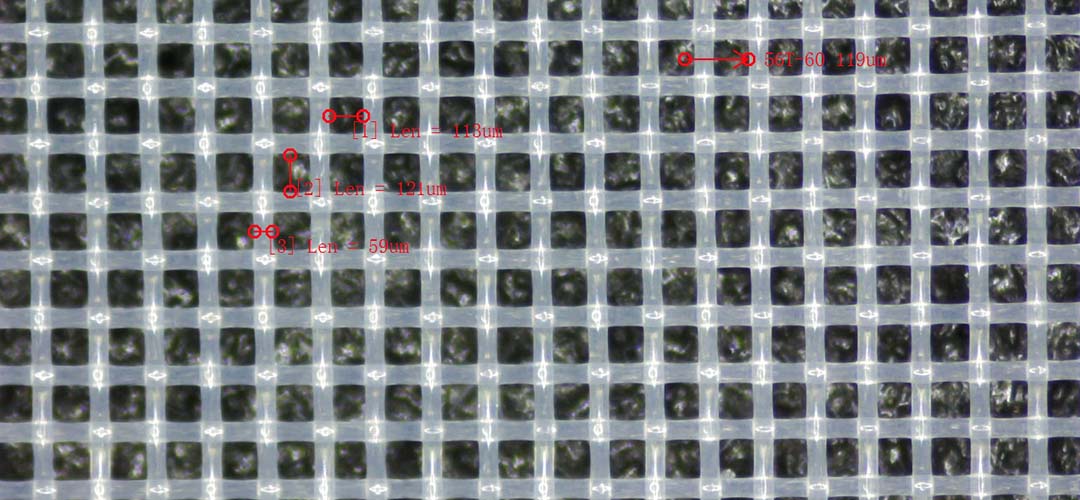
In addition to durability, it is also important to consider the overall quality of the netting. Look for fine nylon mesh netting that is tightly woven and has reinforced edges to prevent fraying. Cheaper netting may be more prone to tearing and may not provide adequate protection for your plants. It is worth investing in high-quality netting to ensure that your garden is well-protected and that you do not have to constantly replace damaged netting.
When choosing fine nylon mesh netting, it is also important to consider the ease of installation. Look for netting that is lightweight and easy to handle, as this will make it easier to set up and take down as needed. Some netting comes with built-in grommets or ties that make it simple to secure to stakes or other structures in your garden. Consider how you plan on using the netting and choose a style that will be convenient for your specific needs.
Lastly, consider the overall aesthetics of the netting. Fine nylon mesh netting comes in a variety of colors and styles, so you can choose one that complements the look of your garden. Some netting is nearly invisible once installed, while others come in bright colors that can add a pop of color to your outdoor space. Consider how the netting will blend in with your existing landscaping and choose a style that enhances the overall appearance of your garden.
In conclusion, choosing fine nylon mesh netting for gardening and protection requires careful consideration of factors such as mesh size, durability, quality, ease of installation, and aesthetics. By taking the time to assess your specific needs and preferences, you can select netting that will effectively protect your plants and enhance the beauty of your garden. Invest in high-quality netting that will provide long-lasting protection and peace of mind for years to come.
Fine nylon mesh netting is an essential tool for any gardener looking to protect their plants from pests and harsh weather conditions. When choosing the right netting for your garden, it is important to consider factors such as durability, mesh size, and ease of installation. In this article, we will discuss how to properly install fine nylon mesh netting in your garden to ensure maximum protection for your plants.
Before you begin the installation process, it is important to measure the area of your garden that needs to be covered with netting. This will help you determine the amount of netting you will need to purchase. Once you have the measurements, you can begin shopping for fine nylon mesh netting that meets your specific requirements.
When selecting fine nylon mesh netting, it is important to choose a high-quality product that is durable and long-lasting. Look for netting that is made from strong, weather-resistant materials that will not easily tear or degrade over time. Additionally, consider the mesh size of the netting, as smaller mesh sizes are more effective at keeping out pests such as insects and birds.
Once you have purchased the fine nylon mesh netting, it is time to begin the installation process. Start by laying out the netting over the area of your garden that needs to be covered. Make sure the netting is taut and secure, using stakes or weights to hold it in place if necessary.
Next, carefully secure the edges of the netting to the ground using garden staples or stakes. This will help prevent pests from crawling underneath the netting and accessing your plants. Be sure to secure the netting tightly to ensure maximum protection for your garden.
If you are installing the netting over taller plants or structures, such as trellises or arbors, consider using support poles or frames to hold the netting in place. This will help prevent the netting from sagging or collapsing under the weight of the plants.
Once the netting is securely in place, take the time to inspect it for any tears or holes that may have occurred during installation. Patch up any damaged areas with additional netting or repair tape to ensure that your plants remain protected.
Finally, regularly monitor the netting for any signs of wear and tear, and make any necessary repairs or replacements as needed. By properly maintaining your fine nylon mesh netting, you can ensure that your plants are protected year-round.
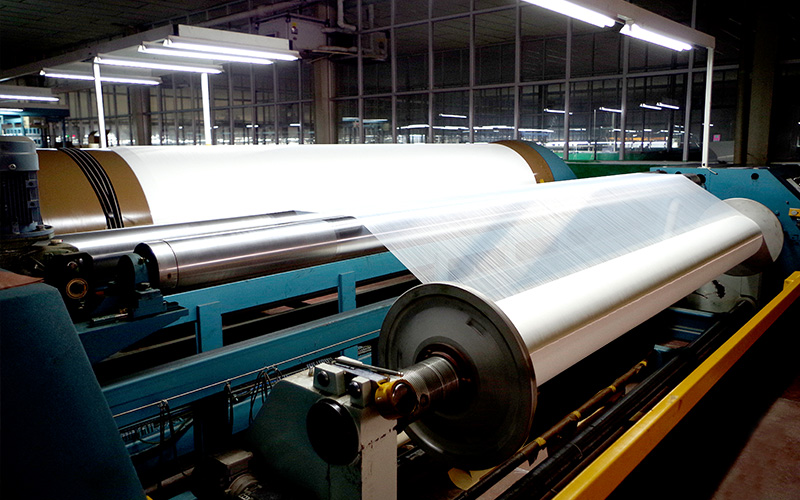
In conclusion, choosing and installing fine nylon mesh netting in your garden is a simple and effective way to protect your plants from pests and harsh weather conditions. By following these steps, you can ensure that your garden remains healthy and thriving throughout the growing season.
Fine nylon mesh netting is a versatile and essential tool for any gardener looking to protect their plants from pests and harsh weather conditions. When choosing the right netting for your garden, there are a few key factors to consider to ensure that you are getting the best quality product for your needs.
One of the most important things to consider when selecting fine nylon mesh netting is the size of the mesh. The size of the mesh will determine what types of pests and insects are able to penetrate the netting and access your plants. Fine mesh netting with smaller holes is ideal for keeping out tiny insects like aphids and whiteflies, while still allowing air and sunlight to reach your plants.
Another important factor to consider when choosing fine nylon mesh netting is the durability of the material. Nylon is a strong and long-lasting material that is resistant to tears and punctures, making it an excellent choice for protecting your plants from pests and harsh weather conditions. Look for netting that is made from high-quality nylon that is UV-resistant and will not degrade over time.
| Type | Mesh Count (/cm) |
Mesh Count (/inch) |
Thread Dia (um) |
Mesh Opening (um) |
Thickness (um) |
Net Weight (g/m2) |
| NL4/1950 | 4 | 10 | 550 | 1950 | 1100 | 307 |
| NL5/1500 | 5 | 13 | 500 | 1500 | 1000 | 318 |
| NL6/1267 | 6 | 15 | 400 | 1267 | 800 | 244 |
| NL7/1079 | 7 | 18 | 350 | 1079 | 700 | 218 |
| NL8/900 | 8 | 20 | 350 | 900 | 700 | 249 |
| NL9/861 | 9 | 23 | 250 | 861 | 500 | 143 |
| NL9/811 | 9 | 23 | 300 | 811 | 600 | 206 |
| NL10/750 | 10 | 25 | 250 | 750 | 500 | 159 |
| NL10/700 | 10 | 25 | 300 | 700 | 600 | 229 |
| NL12/583 | 12 | 30 | 250 | 583 | 500 | 191 |
| NL12/533 | 12 | 30 | 300 | 533 | 600 | 274 |
| NL14/514 | 14 | 36 | 200 | 514 | 340 | 142 |
| NL16/425 | 16 | 40 | 200 | 425 | 340 | 160 |
| NL20/350 | 20 | 50 | 150 | 350 | 255 | 113 |
| NL20/300 | 20 | 50 | 200 | 300 | 340 | 200 |
| NL24/267 | 24 | 60 | 150 | 267 | 255 | 135 |
| NL28/237 | 28 | 70 | 120 | 237 | 204 | 101 |
| NL30/213 | 30 | 76 | 120 | 213 | 204 | 110 |
| NL32/213 | 32 | 80 | 100 | 213 | 170 | 80 |
| NL36/178 | 36 | 90 | 100 | 178 | 170 | 90 |
| NL40/150 | 40 | 100 | 100 | 150 | 170 | 100 |
| NL43/153 | 43 | 110 | 80 | 153 | 136 | 70 |
| NL48/128 | 48 | 120 | 80 | 128 | 136 | 77 |
| NL56/119 | 56 | 140 | 60 | 119 | 102 | 50 |
| NL64/96 | 64 | 160 | 60 | 96 | 102 | 58 |
| NL72/89 | 72 | 180 | 50 | 89 | 85 | 45 |
| NL80/75 | 80 | 200 | 50 | 75 | 85 | 50 |
| NL100/57 | 100 | 250 | 43 | 57 | 73 | 46 |
| NL110/48 | 110 | 280 | 43 | 48 | 73 | 52 |
| NL120/48 | 120 | 300 | 35 | 48 | 60 | 37 |
| NL120/40 | 120 | 300 | 43 | 40 | 73 | 55 |
| NL130/42 | 130 | 330 | 35 | 42 | 60 | 40 |
| NL130/34 | 130 | 330 | 43 | 34 | 73 | 61 |
| NL140/36 | 140 | 350 | 35 | 36 | 60 | 43 |
| NL157/25 | 157 | 400 | 43 | 25 | 73 | 74 |
| NL180/20 | 180 | 450 | 39 | 20 | 66 | 68 |
| NL200/15 | 200 | 500 | 39 | 15 | 66 | 76 |
| NL220/10 | 220 | 550 | 39 | 10 | 66 | 84 |
| NL240/5 | 240 | 600 | 39 | 5 | 66 | 91 |
When it comes to maintaining and cleaning fine nylon mesh netting, there are a few tips and tricks that can help you keep your netting in top condition. Regularly inspect your netting for any tears or holes that may have developed, and patch them up as soon as possible to prevent pests from getting through. You can use a needle and thread to sew up any small holes, or use a patch kit for larger tears.
To clean your fine nylon mesh netting, simply rinse it off with water and mild soap to remove any dirt, debris, or pests that may have accumulated on the surface. Avoid using harsh chemicals or abrasive cleaners, as these can damage the nylon material and reduce the effectiveness of the netting. Allow the netting to air dry completely before storing it away for future use.
Storing your fine nylon mesh netting properly is also important to ensure that it stays in good condition for as long as possible. Store your netting in a cool, dry place away from direct sunlight and moisture to prevent mold and mildew from developing. You can also roll up your netting and store it in a plastic bag or container to keep it clean and protected when not in use.
In conclusion, choosing fine nylon mesh netting for gardening and protection is a smart investment for any gardener looking to keep their plants safe and healthy. By considering factors like mesh size, durability, and maintenance, you can select the best netting for your needs and ensure that it lasts for years to come. With proper care and maintenance, your fine nylon mesh netting will continue to protect your plants and help them thrive in your garden.
Pre: Why 40 Micron Nylon Mesh is a Popular Choice in Food Processing
Next: Understanding Nylon Mesh Material: Properties and Uses

MACROKUN has established long-term and stable cooperative relations with many transportation companies such as China Post, DHL, FEDEX, USPS, UPS, etc. Of course, MACROKUN can also provide air and sea transportation. The powerful logistics system enables all MACROKUN'S Printing Mesh, Filter Mesh and Filter Bags and so on to be easily and efficiently transported to any place. For quotes and inquiries, please email our sales team.
